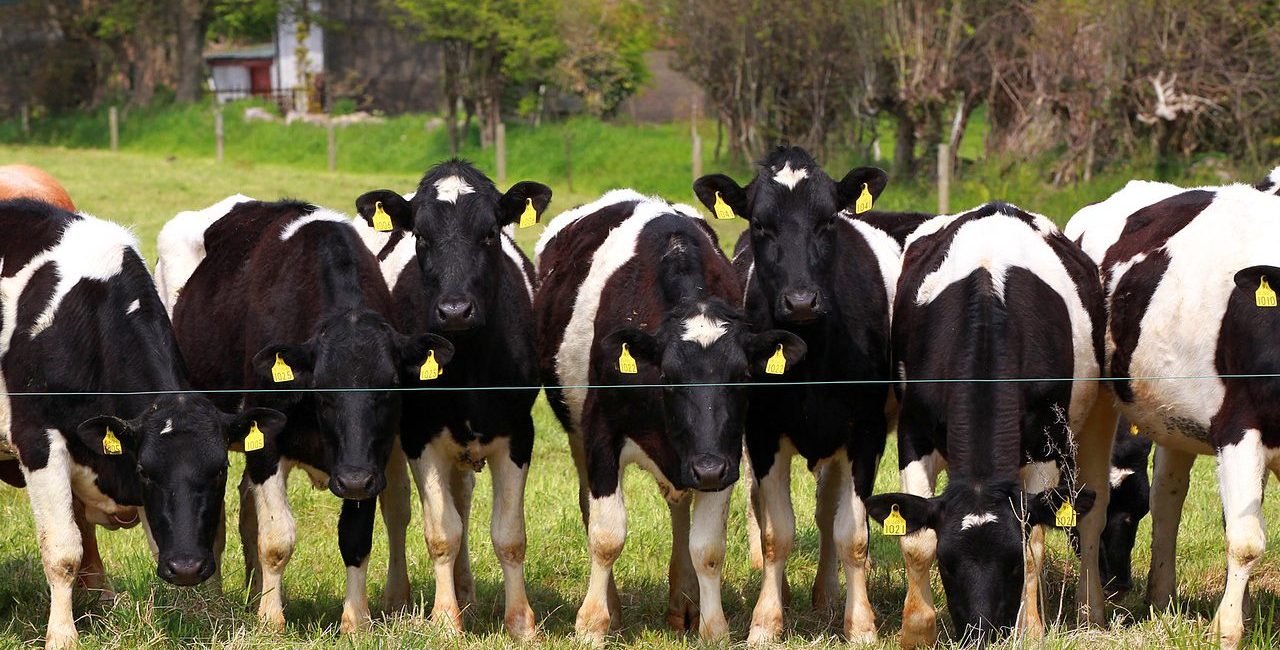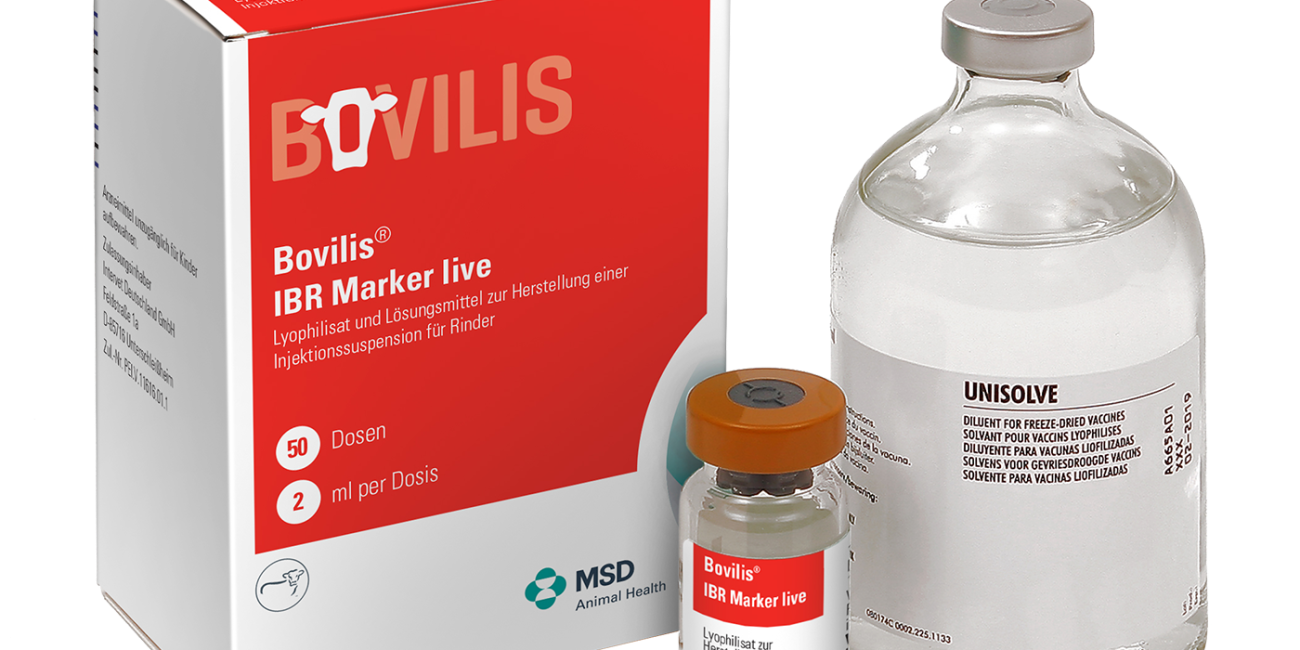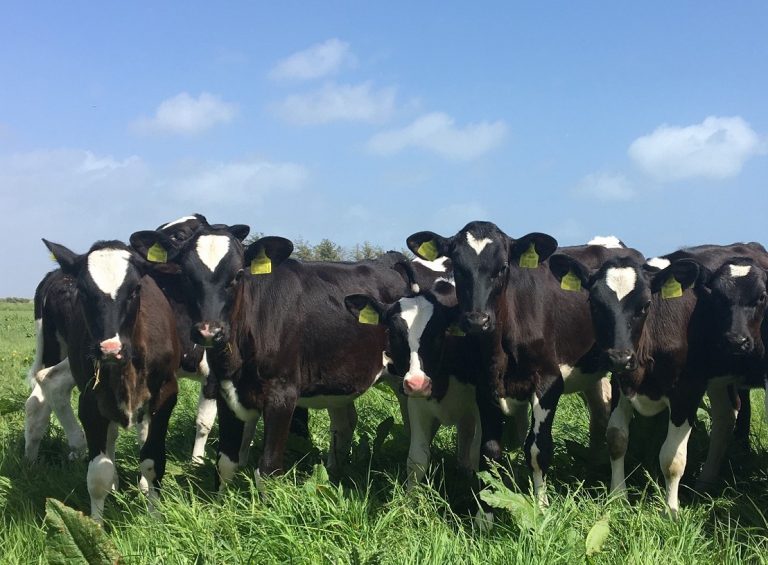
Do calves need an IBR vaccine? – Bovilis
Turning calves out to grass for the first time is seriously rewarding. Rearing healthy calves in the first place takes great effort and hard work.
Read more about Do calves need an IBR vaccine? – Bovilis

Turning calves out to grass for the first time is seriously rewarding. Rearing healthy calves in the first place takes great effort and hard work.
Read more about Do calves need an IBR vaccine? – Bovilis

Vaccination Starts With The Calf There are 3 components to controlling this disease1. Biosecurity2. Culling3. Vaccination Biosecurity: To keep the disease
Read more about FAQ on IBR Control- Bovilis

Turning calves out to grass for the first time is seriously rewarding. Rearing healthy calves in the first place takes great effort and hard work.
Read more about Do calves need an IBR vaccine?